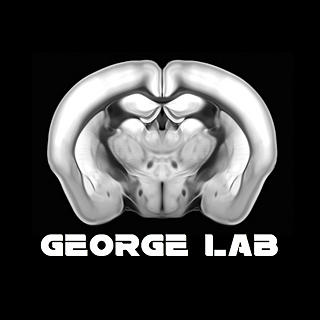Identification of a new target that reduces excessive opioid use in dependent individuals.
- Olivier George
- Jan 13, 2020
- 2 min read

This new paper identify a neuropeptide that is acting in a key brain region responsible for opioid dependence and demonstrates that it is possible to reverse the motivation to use opioids in opioid-dependent rats.
More than 2 million individuals in the United States currently have a substance use disorder that is related to prescription opioid pain relievers.
In a new study published online in PNSA on January 13, 2020, Drs. Kallupi and de Guglielmo used behavioral models, molecular biology and electrophysiology to unveil the role of a neuropeptide called nociceptin in the central nucleus of amygdala (CeA) and how a down regulation of this peptide may be partially responsible for excessive opioid addiction-like behaviors.
The researchers found that animals with a history of addiction-like behaviors to oxycodone, which include escalation of drug use, responding despite an increase in the cost to seek the drug, and withdrawal, exhibited low levels of the neuropeptide nociceptin int he central nucleus of the amygdala. They also found that these "addicted" rats had high level of the inhibitory neurotransmitter GABA in the amygdala. Drs. Kallupi and de Guglielmo then administered nociceptin directly in the amygdala to restore the normal levels of Nociceptin and found that the GABA release was also restored to normal levels. Finally, they show that administration of nociceptin in the amygdala also reduced the amount of oxycodone self-administration in the "high addicted" rats.
These results unveil a novel neurobiological mechanisms responsible for addiction-like behavior and suggest that development of small molecules that target the nociceptin system may have therapeutic efficacy for the treatment of opioid use disorder.
Nociceptin attenuates the escalation of oxycodone self-administration by normalizing CeA–GABA transmission in highly addicted rats. Marsida Kallupi, Lieselot L. G. Carrette, Jenni Kononoff, Leah C. Solberg Woods, Abraham A. Palmer, Paul Schweitzer, Olivier George, and Giordano de Guglielmo. PNAS. 2020 Jan 13 https://doi.org/10.1073/pnas.1915143117






Comments